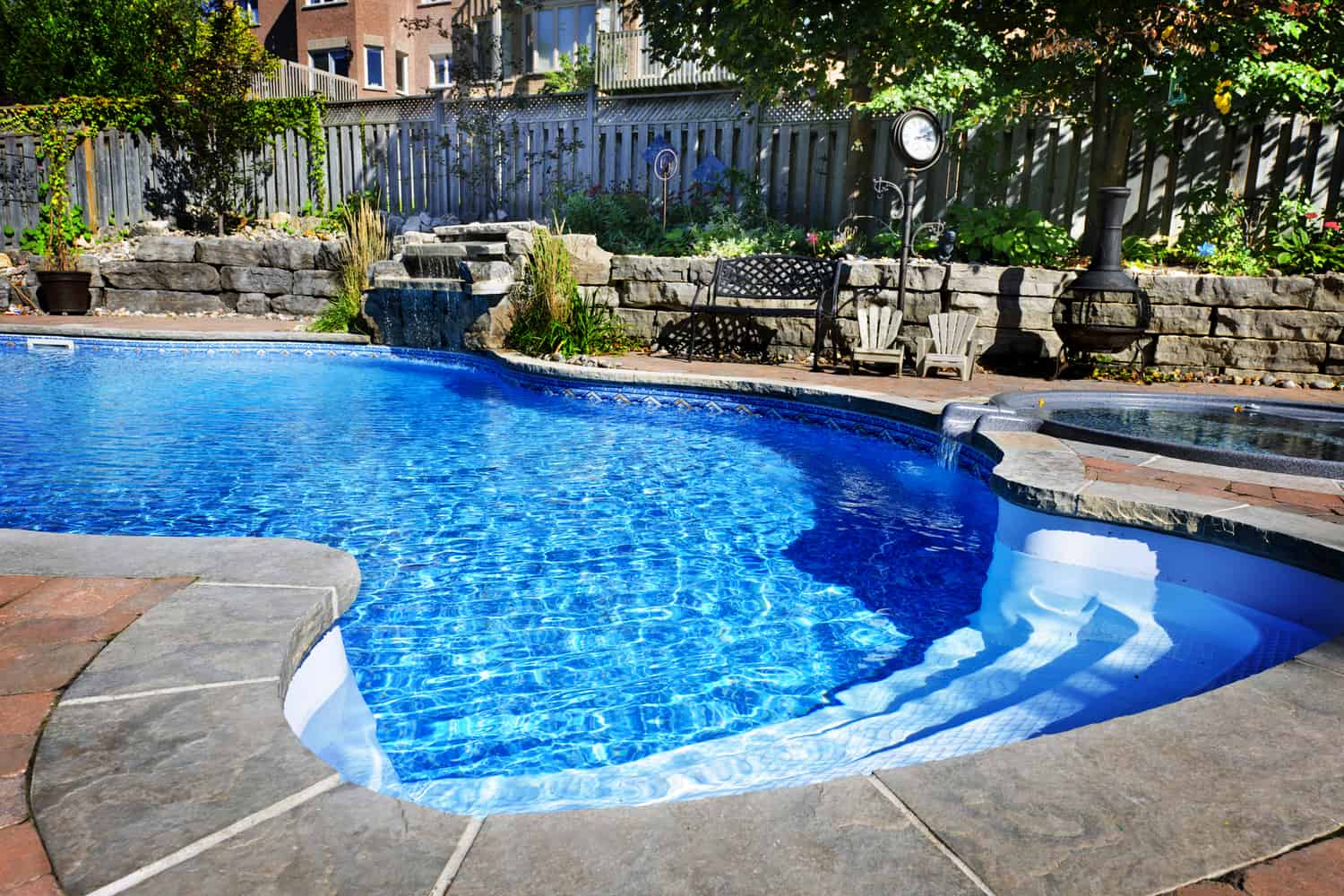
Swimming in crystal-clear water is an experience like no other. The key to maintaining such pristine conditions in your swimming area involves tackling the common issue of greenish growth – a task that demands expertise, precision, and a bit of know-how. This comprehensive guide will take you through the steps and strategies to ensure your aquatic haven remains in top-notch condition.
Table of Contents
Understanding the Green Menace

Source: funwaterpools.ca
The unwanted green growth in your swimming area is not just an eyesore; it’s a battle against nature. It arises from microscopic plants that thrive in water, especially under certain conditions. Knowing your enemy is the first step towards victory. These plants love warm, stagnant water and an abundance of nutrients. They cling to the walls, making the surfaces slippery and unsightly.
The Science of Water Chemistry
The chemistry of your water is not just about pH levels. It’s a delicate balance of several factors – alkalinity, calcium hardness, and cyanuric acid levels. Striking the right balance is crucial in preventing the growth of these microscopic plants. Regular testing and adjustments ensure that the water is inhospitable to their growth. Check out pool cleaning Sacramento if you need help understanding the water chemistry for your pool.
Water Circulation
Circulation is vital. A stagnant body of water is a breeding ground for unwanted plants. Ensuring your water is moving and flowing helps disrupt its growth cycle. The pump and circulation system are the heart of your aquatic area, circulating water and distributing chemicals evenly.
Filtering Out the Unwanted

Source: beautypools.com
The filtration system is your first line of defense. It traps debris and organisms, keeping the water clear. Regular maintenance of the filtration system is essential. This includes backwashing sand filters or cleaning cartridge filters to ensure they function at their peak.
Brushing The Pool Down
Don’t underestimate the power of manual labor. Brushing the walls and floor disrupts the habitat of these microscopic plants. It’s a physical way to break up colonies, making them more susceptible to chemical treatments.
Shock Treatment
Shock treatments are your heavy artillery. This involves adding a high dose of sanitizer to the water, raising the free chlorine level to a point where it breaks down organic matter and eradicates organisms. It’s a powerful tool but should be used wisely.
Routine Maintenance

Source: horizonpools.co.za
Prevention is better than cure. Routine maintenance, including regular brushing, vacuuming, and balancing water chemistry, is crucial. A well-maintained aquatic area is less likely to face an outbreak.
The Role of Algaecides
Algaecides are like specialized soldiers in your arsenal. They are chemicals specifically designed to combat these plants. However, they should be used as a supplement to your routine maintenance, not a replacement.
Professional Intervention
Sometimes, despite your best efforts, the situation can get out of hand. This is when professional intervention is needed. Pool experts have the tools, knowledge, and chemicals that might not be available to the average homeowner.
End Note
In conclusion, maintaining a pristine aquatic area requires a combination of science, physical effort, and routine maintenance. By understanding the nature of the green menace, keeping a balanced water chemistry, ensuring proper circulation and filtration, and regular cleaning, you can enjoy a beautiful, algae-free swimming area. Remember, the key to success lies in prevention, but don’t hesitate to call in the professionals when necessary.







